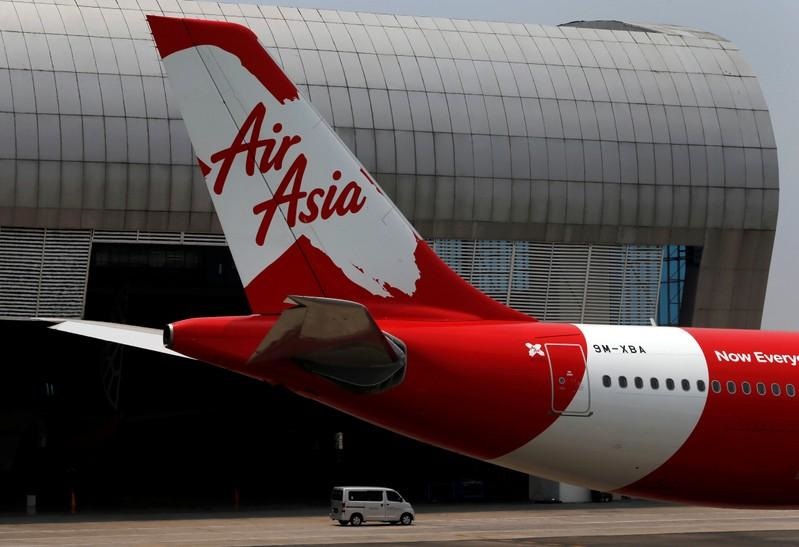PETALING JAYA: AirAsia X Bhd’s (AAX) net loss for the third quarter (Q3) ended Sept 30, 2019 widened to RM229.89 million from RM197.47 million a year ago, due to higher taxation, finance costs and foreign exchange losses.
Its revenue also fell 6.4% to RM1.01 billion compared with RM1.08 billion previously.
Passenger load factor improved by one percentage point on-year to 81% despite an increase in fleet size.
For the nine-month period, the carrier’s net loss also widened to RM393.67 million from RM213.43 million in the same period last year, while revenue decreased 6.4% to RM3.2 billion from RM3.42 billion.
The airline said passenger bookings in the forward months are tracking closely against capacity growth.
It recognises the challenges posed by the weakening of the ringgit against the US dollar and the recent implementation of a departure levy from all Malaysian airports, as well as “irrational competition” in the local aviation industry.
However, it is safeguarded against fuel price volatility as 86% of the company’s fuel requirement for the fourth quarter of 2019 is hedged at average Brent hedge prices of US$61 (RM253.15) a barrel.
“Amid these headwinds, the group will actively capture revenue opportunities and exercise cost discipline to boost profitability in this challenging macroeconomic environment.”
AAX expects demand and load factor to remain at a reasonably healthy level.
“In addition, it is worthwhile to note that average base fare is trending higher year-on-year in Q4. On the fleet planning front, while AAX Thailand is expecting two additional A330ceo aircraft through operating leases in December, AAX Malaysia is expected to remain with 24 aircraft as it focuses on maximising aircraft utilisation and realigning its business model to ensure continued sustainability and commercial viability in the coming quarters.
“The management continues to work on reducing costs, including investment in digitalisation as part of AirAsia group wide initiatives, which we believe will help reduce costs in the long run. The company expects Q4 overall core results to remain reasonably healthier operationally.”














